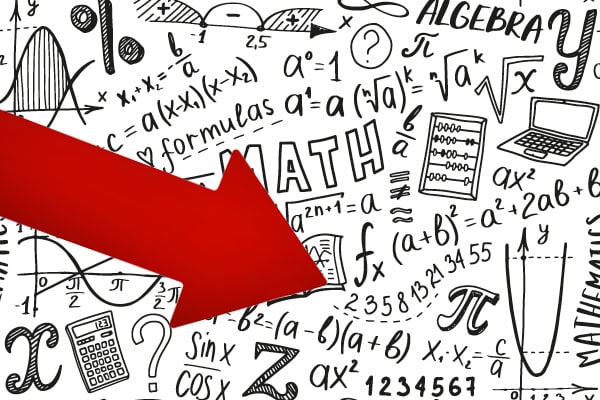Coordinated professional development plans will be needed as districts develop AI guidelines at the teacher and administration levels, according to Joshua Wilson, a professor at University of Delaware’s School of Education, as quoted in a K-12 Dive article.
“What we will see in 2024 is that more and more individual teachers will start to use it, and they might find things that they might share with their friends and their colleagues, but that’s not enough,” Wilson said.
“The field really needs some structured opportunities for teachers to engage with experts to really understand the technology — its potentials and its limitations — and then understand how to use it effectively, equitably, safely.”
It’s especially crucial to focus on teachers first because they’ll be the ones teaching students about AI tools, he added.
“Gaining proficiency with AI could save educators time with lesson planning, among other tasks, and allow them to focus more on supporting students instead,” Wilson said.
AI use in schools has potential well beyond lesson planning, advocates say.
Instead of focusing on the efficiency aspect of AI, schools should consider more transformative ways to put AI to use in the classroom, said Punya Mishra, who serves on the technology and innovation committee for the American Association of Colleges for Teacher Education. Mishra is also associate dean of scholarship and innovation and an education professor at Arizona State University.
“How can it change fundamentally the way our students learn, or [how] our teachers teach or our schools function?” Mishra asked. “Middle schoolers could write computer simulations using just English. But I see fewer examples of those [innovations], and I see more examples of ‘Oh, this can help you create test questions.’”
K-12 Dive





